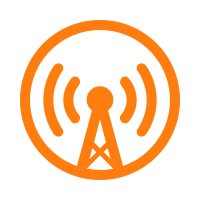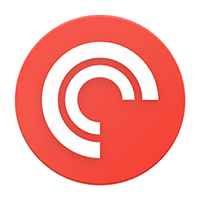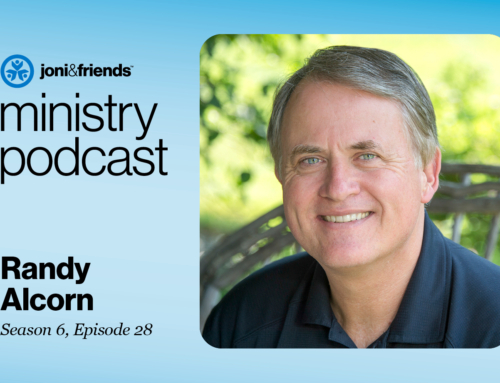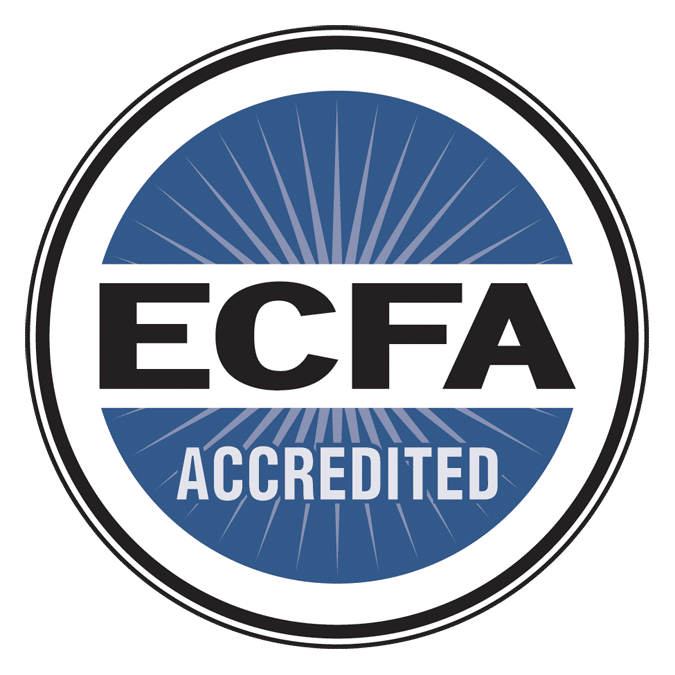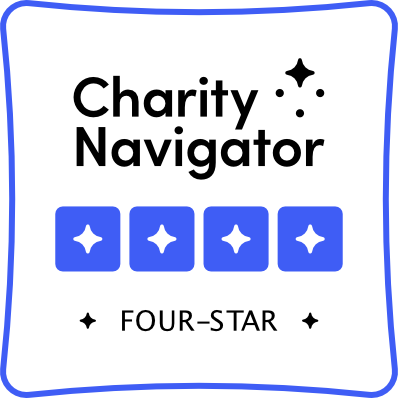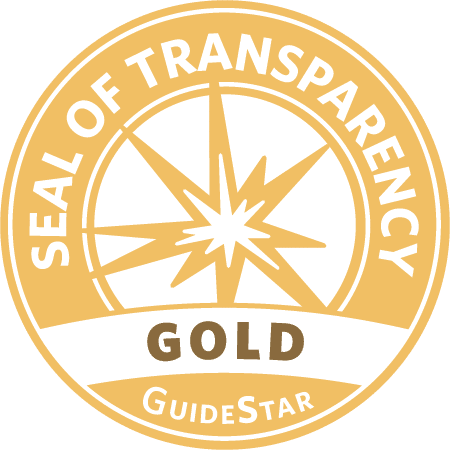Living with a Brain Stem Tumor: Finding Faith and Purpose
Subscribe to the Joni and Friends Podcast
“Mrs. Campbell, the prognosis for your son is not good.”
These were the words said to my mom by one of the doctors upon seeing my MRI for the first time…Human brain stems are a little bigger than the size of our thumb, and connect our brains to the rest of our bodies. Basic life functions such as breathing, seeing, swallowing, walking, talking, movement, coordination, and so much more are controlled by our brain stems.
At five years old I had my first of 40-plus MRIs, and the diagnosis was in: Brain Stem Glioma (a brain stem tumor).
The tumor was in such a fragile place in the brain that surgery was not an option—at least, not a good option. Surgery might have done more harm than good. About eight years after consistently monitoring my tumor through MRIs, I had radiation (at about 13 years old). As a child, I had so many symptoms of a sick kid: severe dizziness and nausea, poor balance and coordination, low energy, and more.
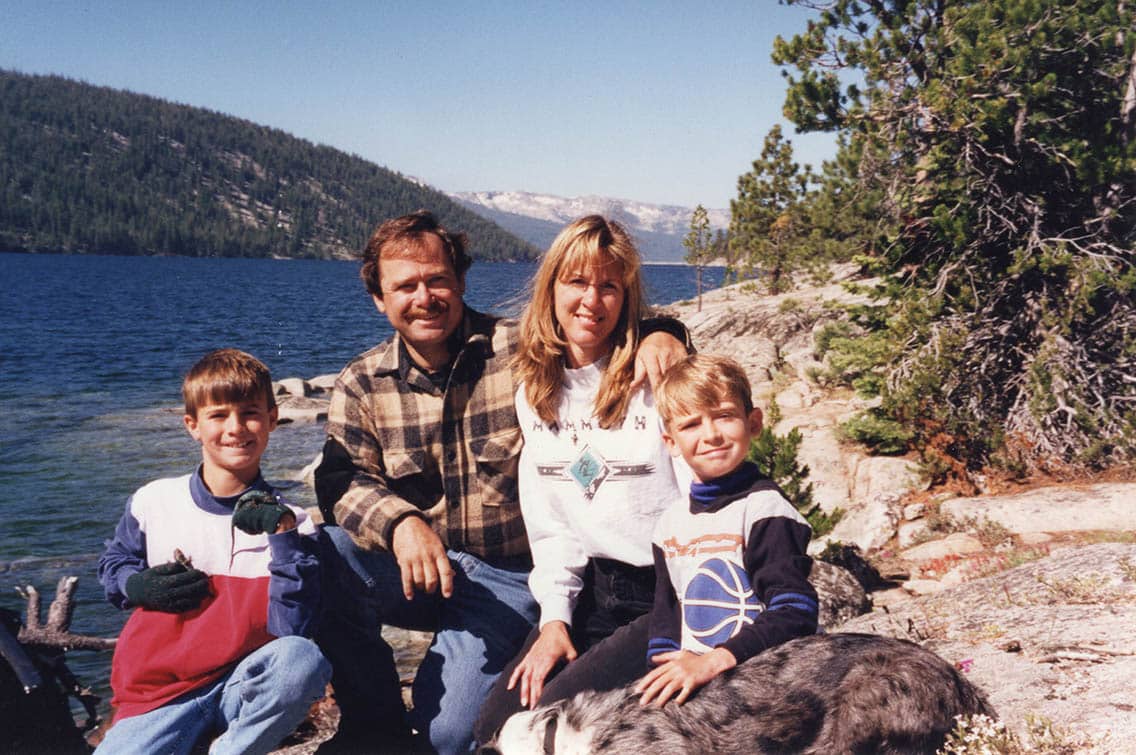
Radiation shrunk the grape-sized tumor by about half, and my quality of life greatly improved. I loved no longer being sick and dizzy all the time! Thirty years after my original diagnosis, I still experience daily challenges in basic life activities:
- I often stumble when I walk and have to really focus on where my feet go.
- I use my hands to balance myself against walls/desks/surfaces to help me stay on my feet.
- Without my prism glasses, I have double vision—can you imagine seeing two of everything?
- When I’m eating, my mouth muscles are slow to coordinate chewing, and my throat is slow to swallow and quick to gag (sometimes I’ll ‘choke’ on just swallowing saliva the wrong way).
- I’ll have a coughing fit if I breathe the wrong way and air tickles my throat a bit.
It’s a lot to manage and can be exhausting. Living with a disability my whole life, I have found that some things take longer. Other things, I either don’t do because they are too hard (and not worth the effort), or I do them differently than most people.
For a long time, I didn’t think of myself as disabled (or living with a disability).
I had ‘limitations’ to what I could do, as far as my balance, energy level, and coordination… but I never applied any sort of label to myself. When society put the word ‘disability’ in front of me, I grabbed onto it. I identified with “Team Disability” because it was a label that described (at least with the ADA definition) my daily lived experience.
Everyone is different and uniquely crafted. Even if two people have the same or a similar disability, they have different lived experiences. Our perspectives mold our inner dialogues and shape how we think about ourselves and our disabilities.
One thing I believe so many people facing constant barriers, like disability, have in common is an awesome sense of resilience.
Disabled people are so used to doing things differently than everyone else that we are masters of adapting to new situations and remaining flexible. When someone is disabled or has a disability, they often have difficulty doing certain things in a certain way. We also have strengths in other areas, just like all people naturally have strengths and weaknesses.
Disability is absolutely part of my identity, as it’s such a big part of my life to struggle with things nondisabled people might not have to worry about. It’s a part of my identity, but there’s more to it than that.
We all spend so much of our lives trying to find ourselves.
How many self-help books are out there trying to help you look within to find your identity? I even do that, too… I look at my inward characteristics and say my identities must be that I’m introverted, or disabled, or funny, or a husband, or a father, and so on. I start listing my characteristics and expect them to make up my identity. I mistake the sum of the parts for the whole.
Those characteristics are not my identity, they are parts of my identity, as trees are part of a forest.
The question of identity isn’t who I am, but whose I am.
Disabled or not, husband or not, dad or not, I belong to God, and my identity is in Christ. I can’t read that in a self-help book, I need a God-help-me book. It’s called The Bible, and the personification of that Word is Jesus.
You can read more in my book, Beyond Belief: How Living with a Brain Stem Tumor Brought Faith and Purpose to Life. In there, I’ll go deeper in sharing with you how God answered the “Why Me?” question, as well as His answer to the “Now what?” question.
Disability is a characteristic, a demographic, a trait—none of which add to (or remove from) our inherent value as people, as God’s masterpieces. Everyone is fighting a battle you might not see. Be kind and patient with anyone you encounter, you will leave a much bigger impact than you can imagine.
Written By — Kyle Campbell
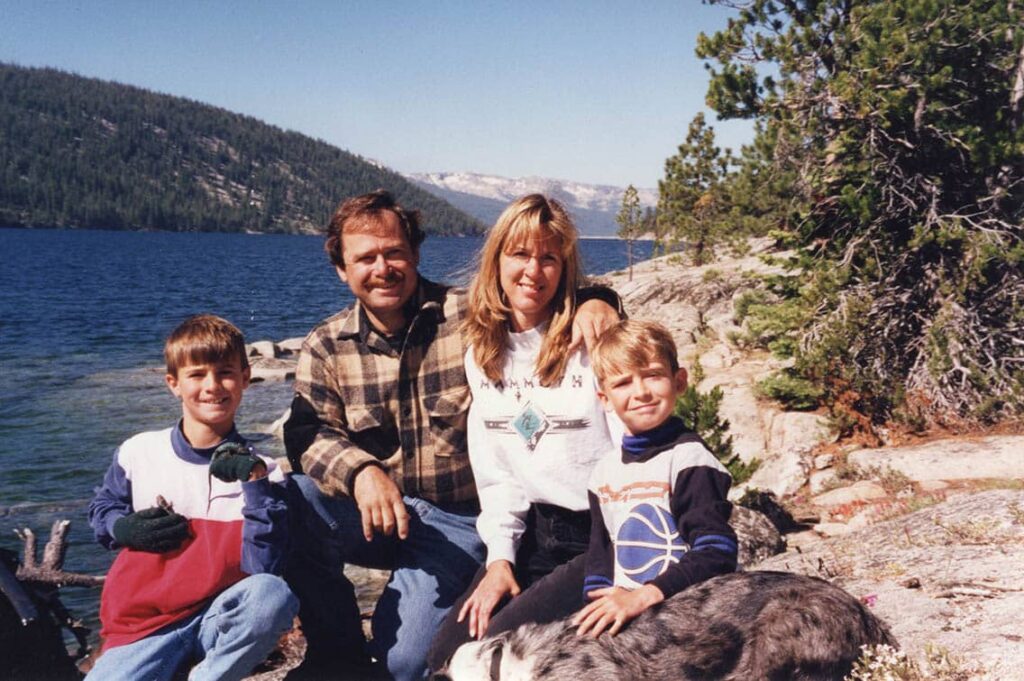
Learn More About Kyle
Visit Kyle’s website to read more about his journey of living with a brain stem tumor.




